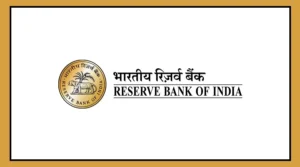The Securities and Exchange Board of India (SEBI) has proposed significant reforms to the way mutual funds operate in India.
The goal is to reduce costs, make fees clearer, and simplify how investors are charged, so more benefits reach the end investor.
These suggestions come as part of a review of the 1996 Mutual Fund Regulations, aimed at tightening cost structures for Asset Management Companies (AMCs) and improving transparency.
Lower Brokerage and Transaction Costs
One of the major proposals is a sharp cut in brokerage and transaction costs linked to mutual fund schemes:
Cash market trades: Brokerage capped at 2 basis points (bps), down from 12 bps
Derivatives trades: Cap reduced to 1 bps, from 5 bps
SEBI also suggested removing the additional 5 bps expense that AMCs could charge on their total Assets Under Management (AUM) since 2018.
To balance this, the base Total Expense Ratio (TER) for open-ended active schemes may be increased by 5 bps.
Greater Transparency in Fees and Expenses
To make expense disclosures more transparent, SEBI proposes that taxes and government charges such as STT, GST, and stamp duty should be shown separately, instead of being included in the TER.
This means that the TER will now reflect only the fees charged by fund managers, while taxes and other government charges will be visible as separate costs for investors.
SEBI has also introduced the idea of an optional performance-linked TER, allowing AMCs to charge higher or lower fees based on fund performance.
Additionally, all costs related to New Fund Offers (NFOs), up to the allotment of units, will now be borne by the AMC itself, not the scheme.
This ensures greater accountability and protects investors.
What This Means for Investors
If implemented, these reforms could make mutual fund investments more transparent, cost-effective, and fair for millions of investors in India.
Experts believe this could help investors make better-informed decisions and reduce hidden charges in mutual fund schemes.























